Menu
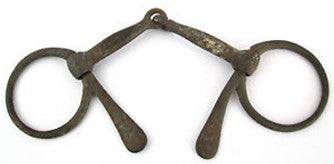
The Single Jointed Snaffle Paperweight

Invariably when we are at a horse expo, I will have at least one customer who comes into the booth and says, “My driving horse hates his bit”. I might say, “Let me guess, you have one of these [pointing to a single jointed snaffle], and he does this [stretching my neck up and lifting my stiff jaw]” That is nine times out of ten met with, “Yes! How did you know?” I’ll say, “Because that bit came with the harness, right?” “Yes, it did!”, they’ll say. Then we go through the "twenty questions" involved with helping the customer find the right bit for their horse. After we have the right bit, the customer sometimes asks, “What do I do with his current bit?” Our static answer is, “Use it as a paperweight.”
Almost every driving horse hates the single jointed snaffle. For a lot of people, it is considered the driving horse bit. So why do a lot of harness makers include that bit in the harness? A lot of US-made harness is made by the Amish, and that is the bit that a lot of Amish use. They are going down the road with their horse on a fairly loose rein, asking the horse to turn left, right, and stop. That’s it. There is no asking the horse to carry himself in a frame, to bend, to round, to collect. They are just going forward, back, left and right. We want our carriage horses to learn different speeds of gaits, to turn swiftly in and out of obstacles, and to do it while looking beautiful. When we bought this business, our harness maker included that bit as well, until we asked them to stop. Sorry, you don’t get a free paperweight anymore when you order one of our harnesses. 
What is it about the single jointed snaffle that generally doesn’t work with carriage driving horses? Contact and pressure. With your average riding horse, you have other methods of communication with your seat and legs. With your driving horse, you have your voice, whip, and hands through contact in the reins. Without the rein contact, you’ve simply hung up the phone line of communication with your horse. Yes, you can drive with light contact on the rein. You can’t drive effectively with no contact. When we use the single jointed snaffle with light or heavy contact on the horse, the pressure points being utilized are greater than a solid mouthpiece snaffle. (For more information on bitting terminology and pressure points, see our article on Driving Bit Selection and Use.) The lips are being pinched and squeezed between the teeth and the bit. If the horse puts his head down, the bars can experience pressure and he can be bumped in the palate. If he lifts his head, the bars avoid pressure, but the lips are still being squeezed. Therefore, he will typically lift his head more with the snaffle to avoid the bar pressure. The other problem with the single jointed snaffle is that because of the squeezing, he cannot escape the pressure. There can be light pressure or heavy pressure, but there will always be pressure. That being said, a mullen snaffle in light contact will also have pressure, but you are not using as many pressure points in the horse’s mouth/head. There is no squeezing action.
Yes, there are a few horses that actually do well in a single jointed snaffle. We had one. The difference with that horse probably had to do more with the “software” than the “hardware”. A great driver could drive some horses with a piece of wire in the horse’s mouth and get a good performance! Their hands are “educated” and forgiving. They have learned to give to the horse when the timing is right. The problem is that the average driver does not have the educated hands of a great driver. So, we have to find the right combination of bit and driver’s hands to get the best performance from the horse. For example, we had an early teenage girl come in the store at a trade show with her non-horse parents looking for a twisted wire snaffle for her Quarter Horse. Without thinking, I said out loud, “Oh, we keep the torture devices under the table.” Her mother asked me what I said, and I apologized and said that we call them torture devices. (I’ve been known to call a spade a spade in my lifetime… ) The mother said that she did not realize they were harsh bits and told her daughter that they were not going to get one of those. The daughter was really mad and said that was what her trainer used. I flat out told her that her trainer’s hands were probably considerably more educated than hers. She was not happy with me, but her parents were profoundly grateful that someone told them the truth. (BTW, we don’t carry “twisted anything” anymore. I can’t bring myself to sell anything like that.)
) The mother said that she did not realize they were harsh bits and told her daughter that they were not going to get one of those. The daughter was really mad and said that was what her trainer used. I flat out told her that her trainer’s hands were probably considerably more educated than hers. She was not happy with me, but her parents were profoundly grateful that someone told them the truth. (BTW, we don’t carry “twisted anything” anymore. I can’t bring myself to sell anything like that.)
If your horse is relaxed, flexing left and right, going round, and you are not experiencing avoidance behaviors from him in a single jointed snaffle, congratulations. You and your horse are some of the few who can actually use that bit. If he is stretching his neck and acting like he wants to pull the reins out of your hands consistently, lifting his head in avoidance of contact, and seeming generally uncomfortable, you are definitely not alone. It is time to find a new bit and put the single jointed snaffle to good use…as a paperweight. 
(For more information on bitting the driving horse, see our collection of information here: Educational Articles - Driving Bits)
- Choosing a selection results in a full page refresh.

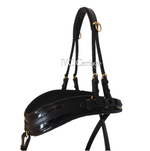
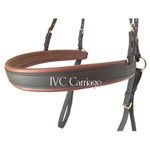
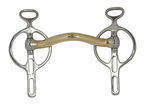
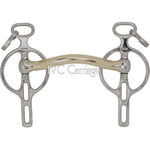
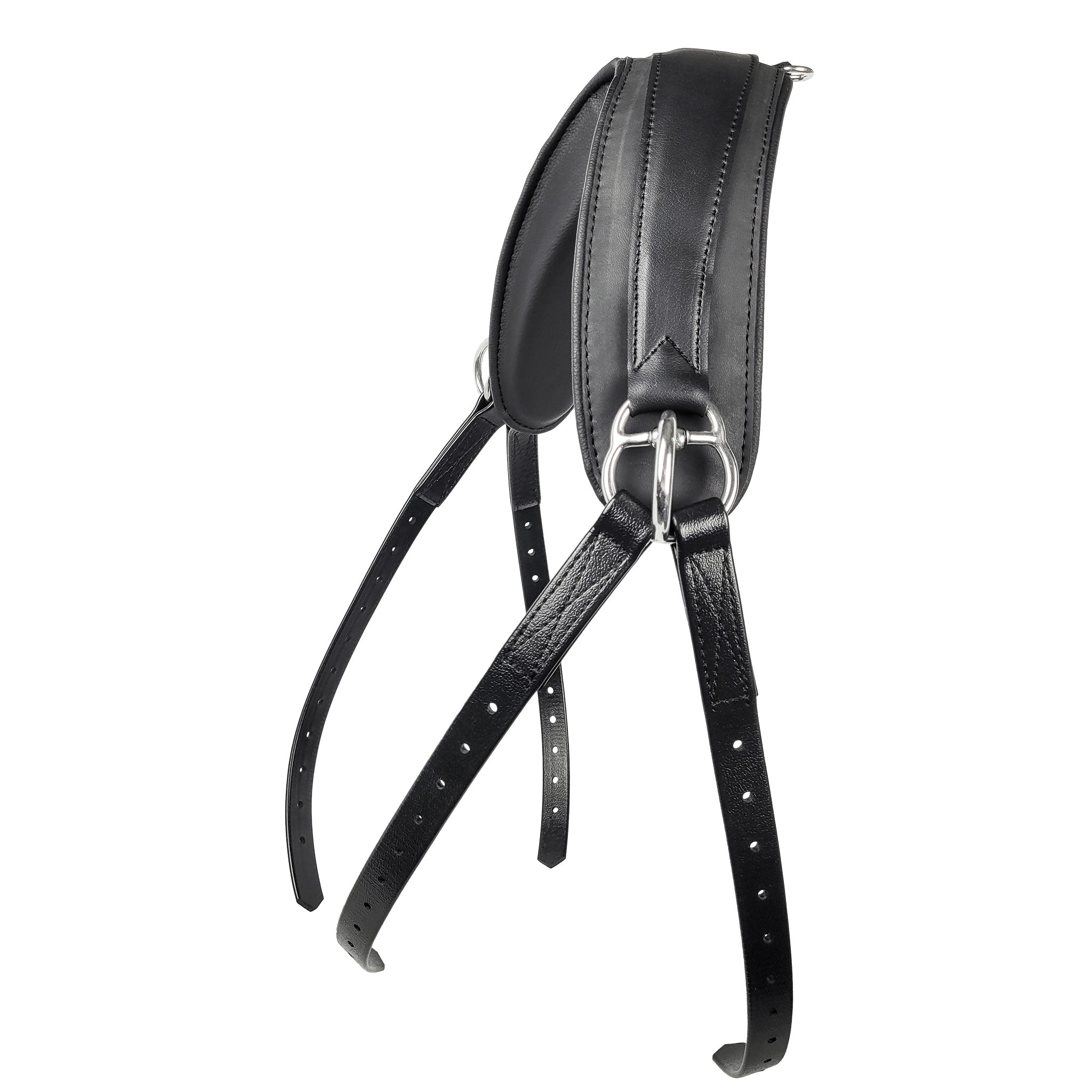
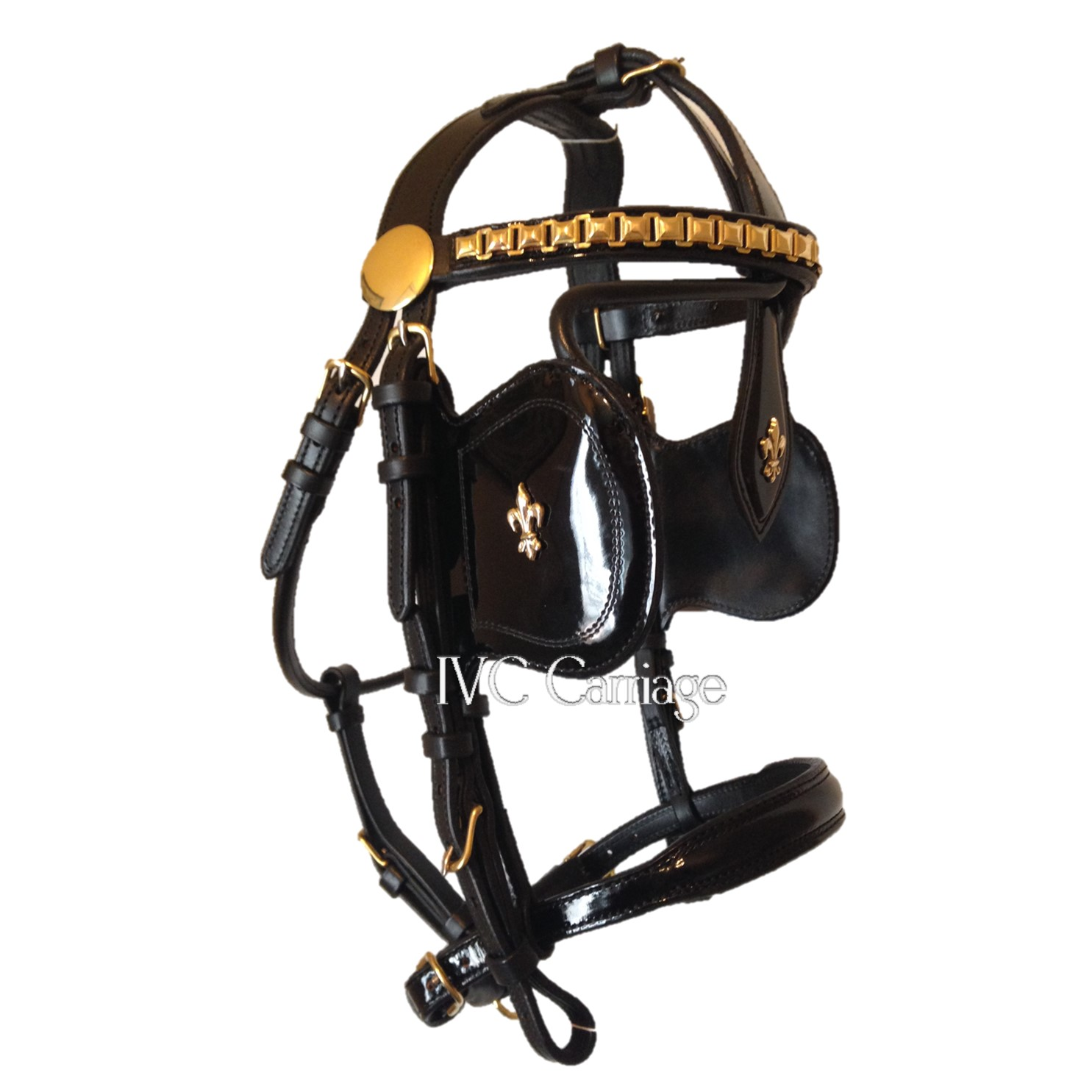
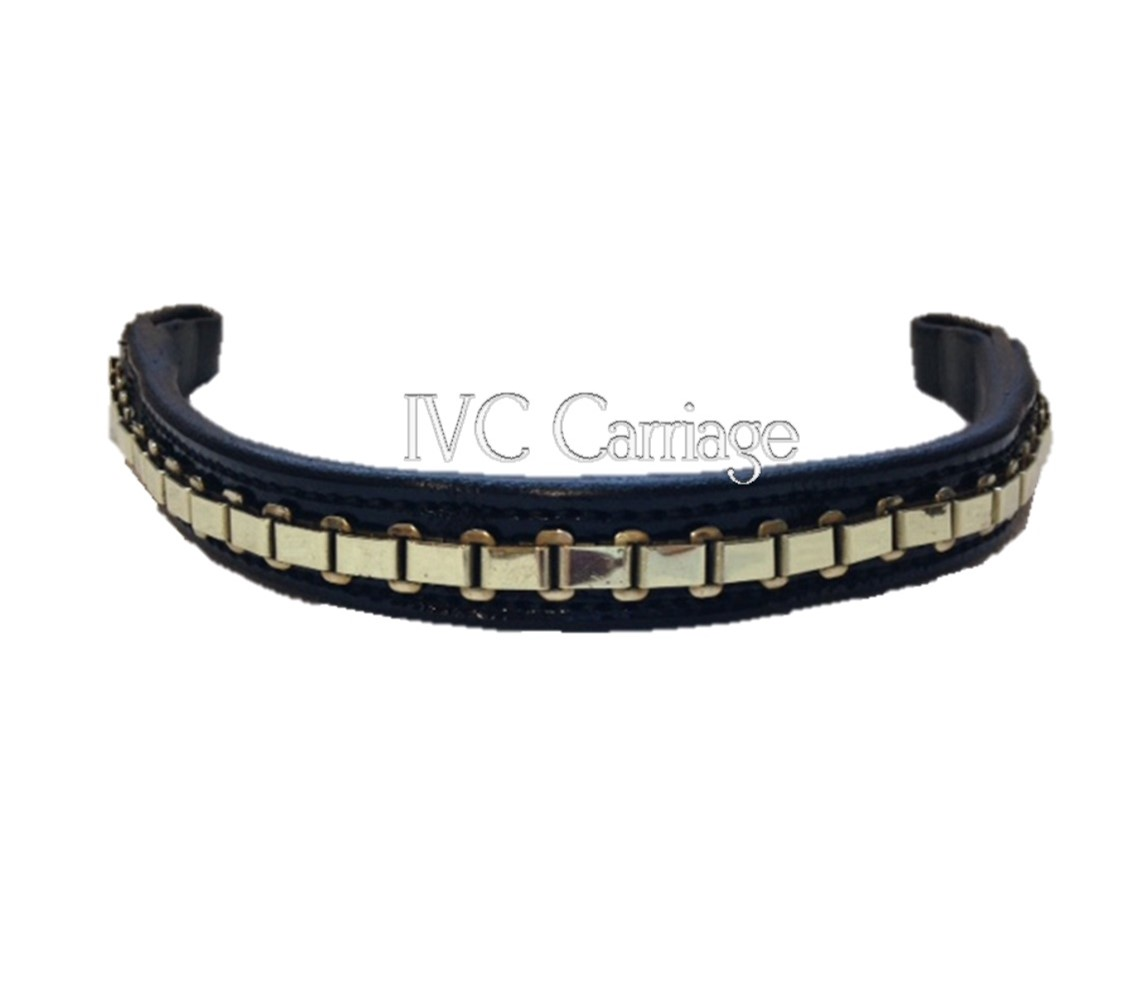
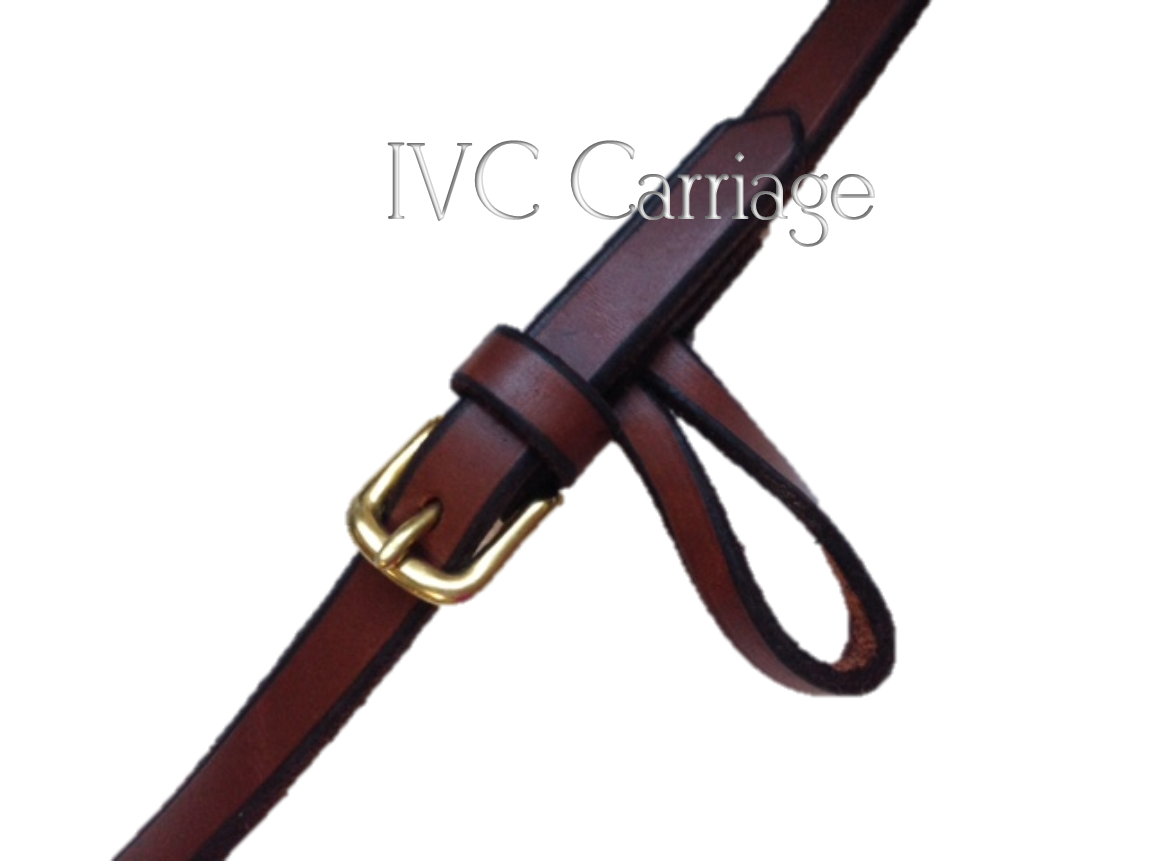
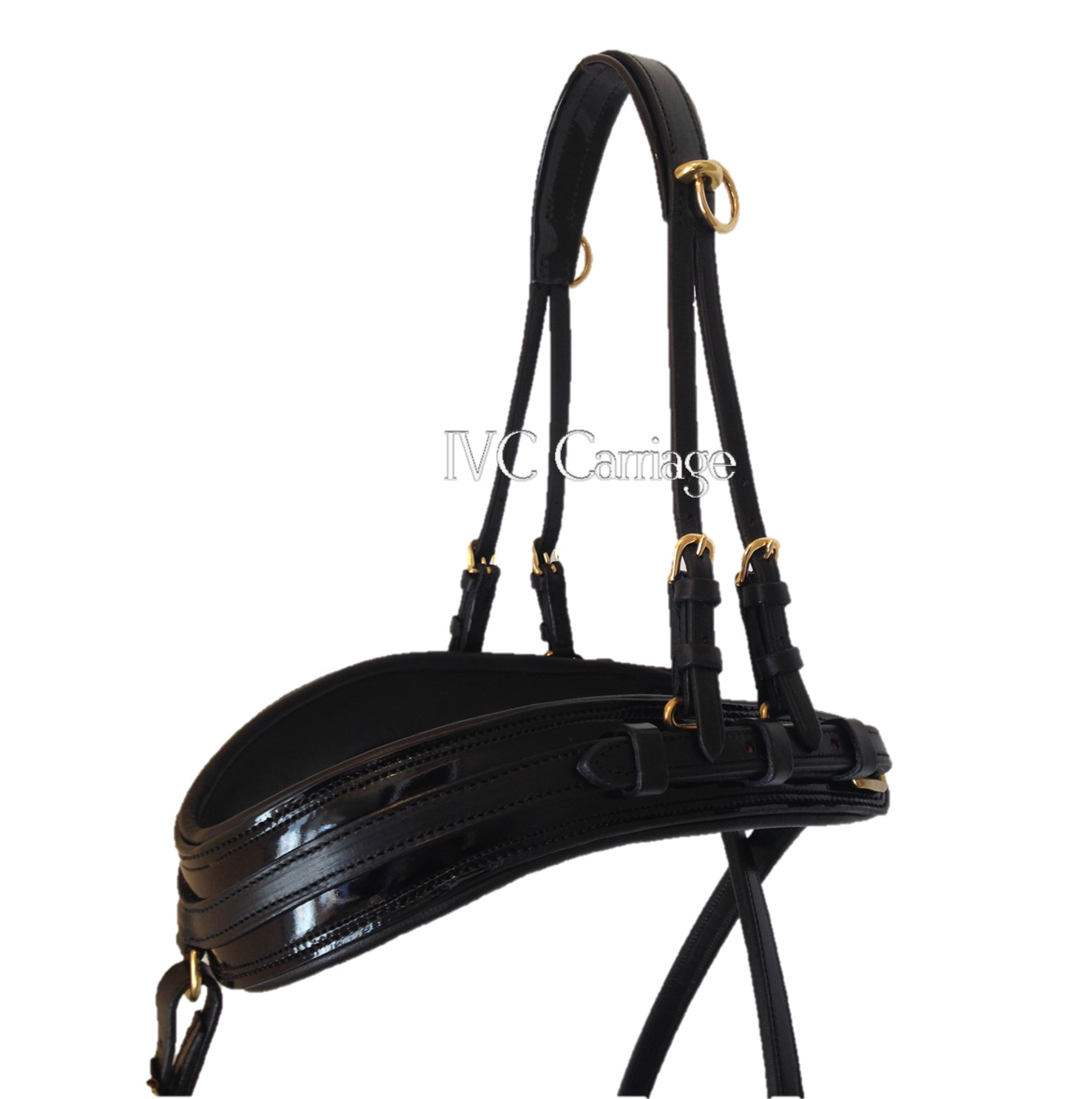
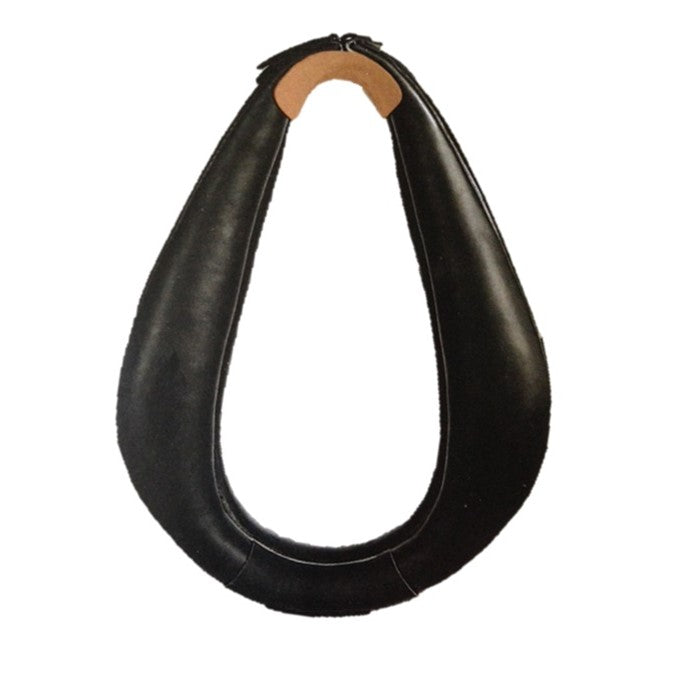
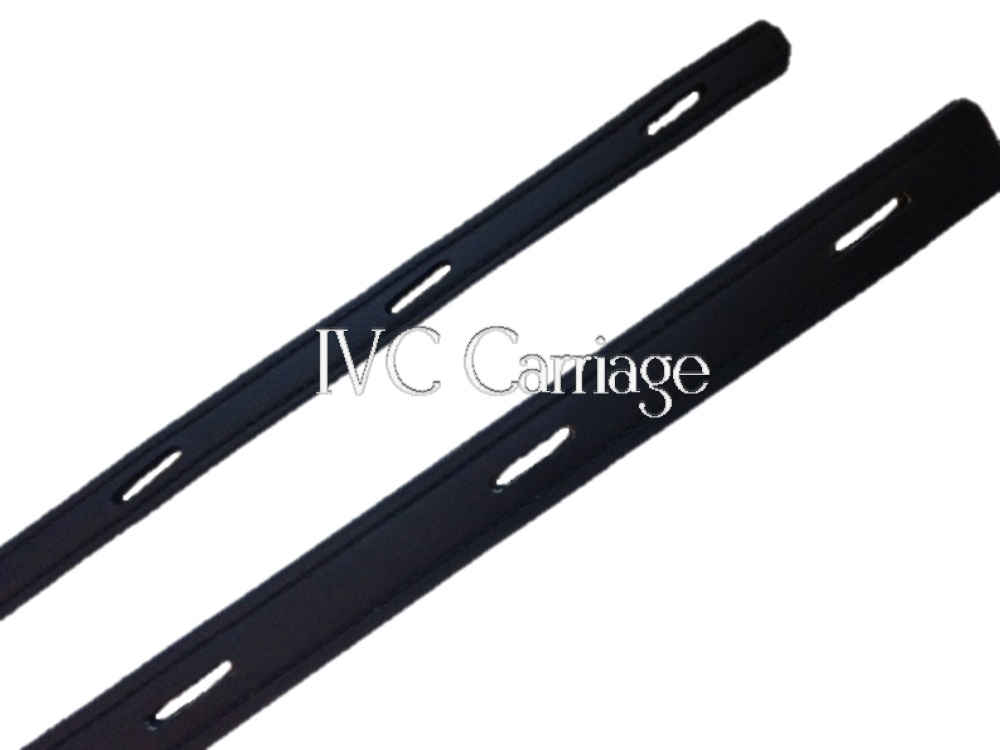
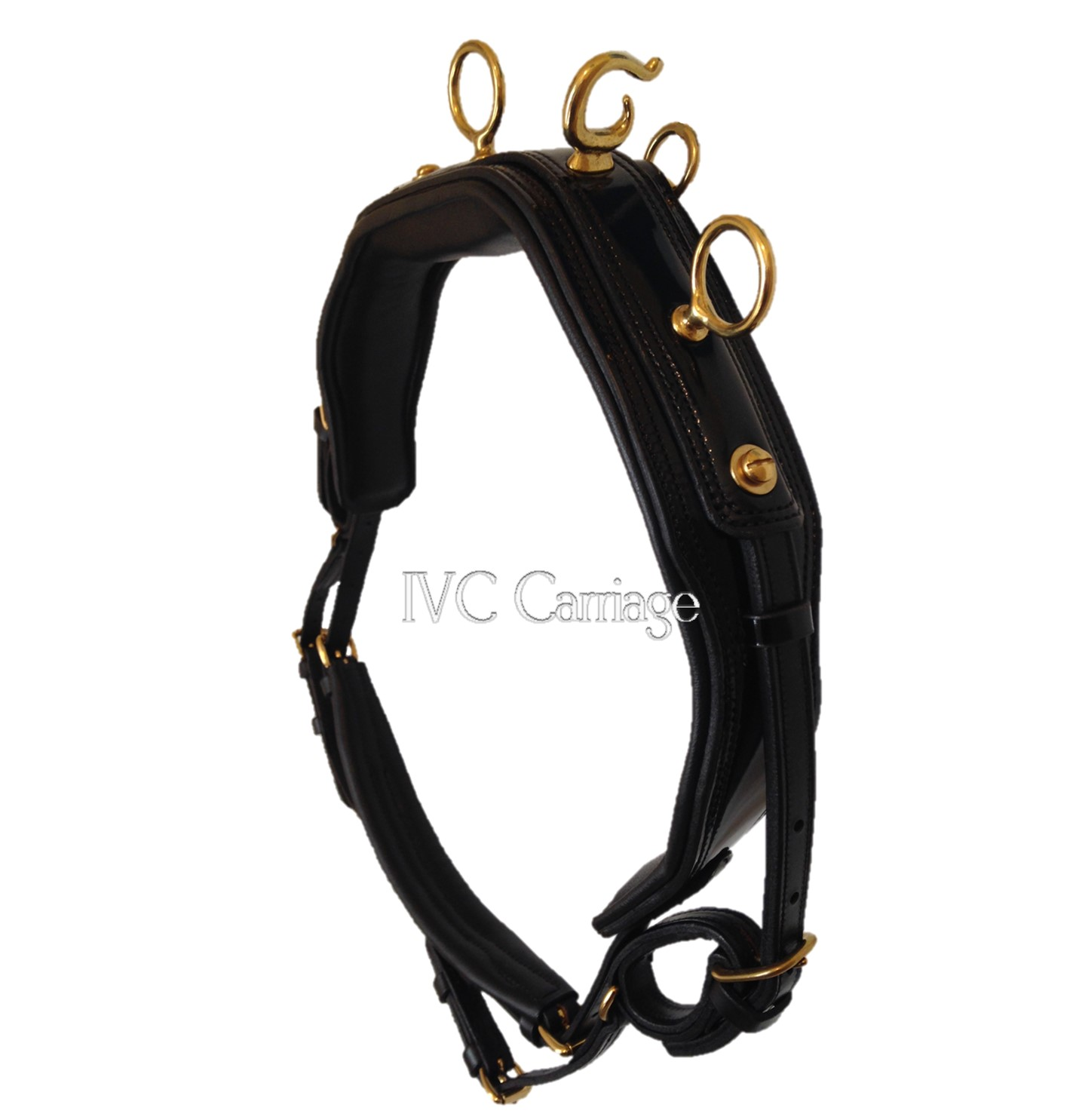
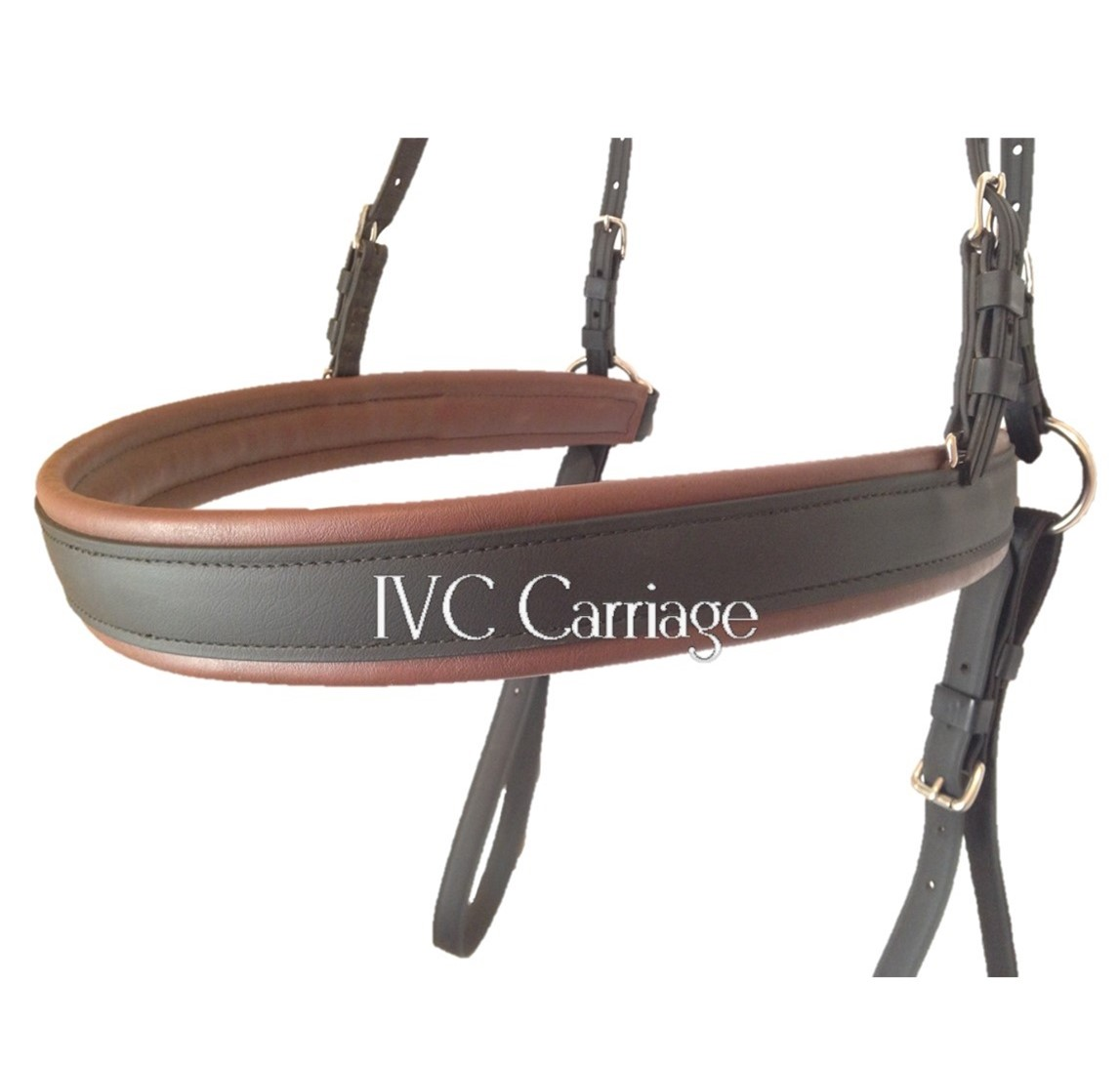
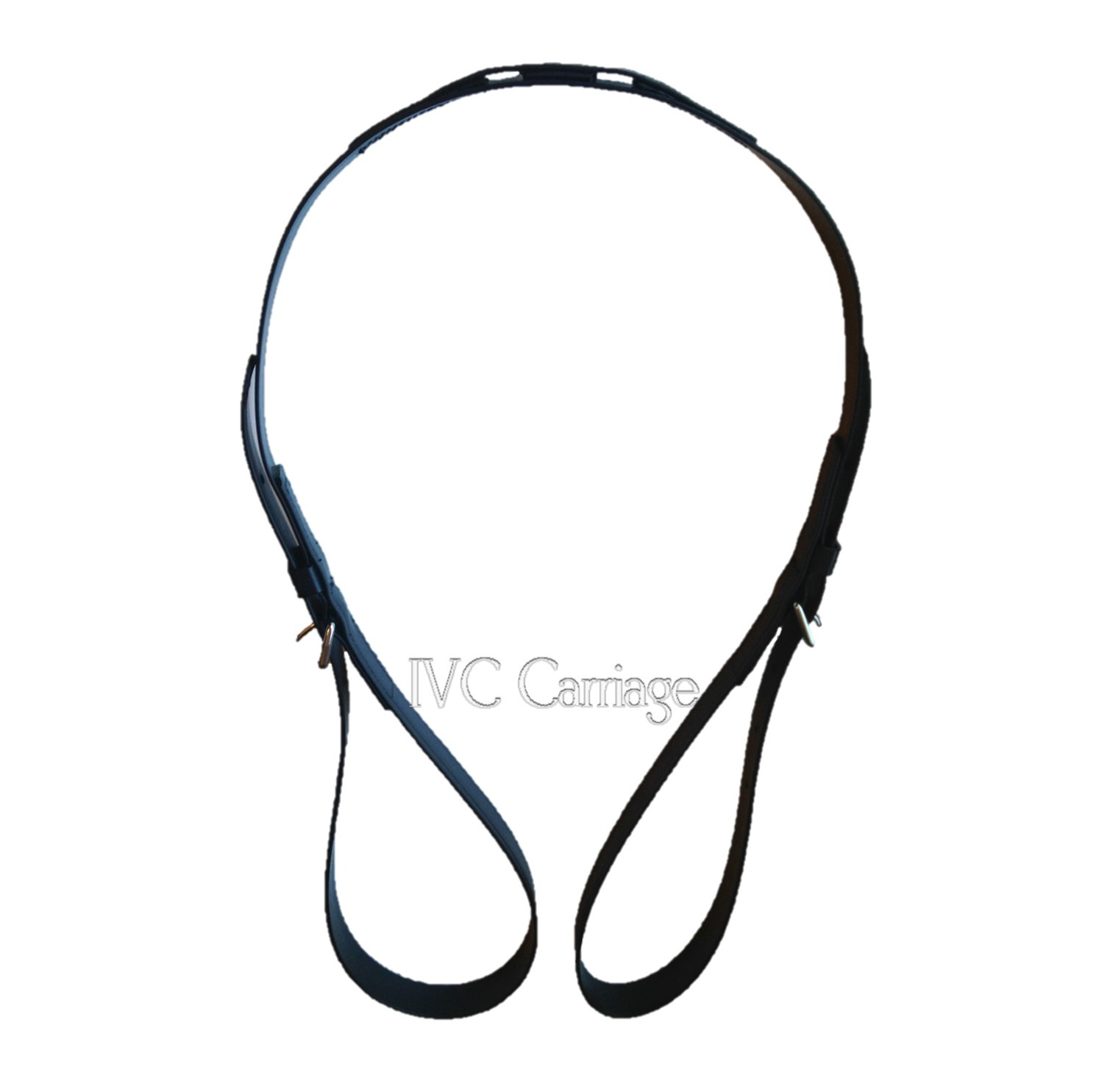
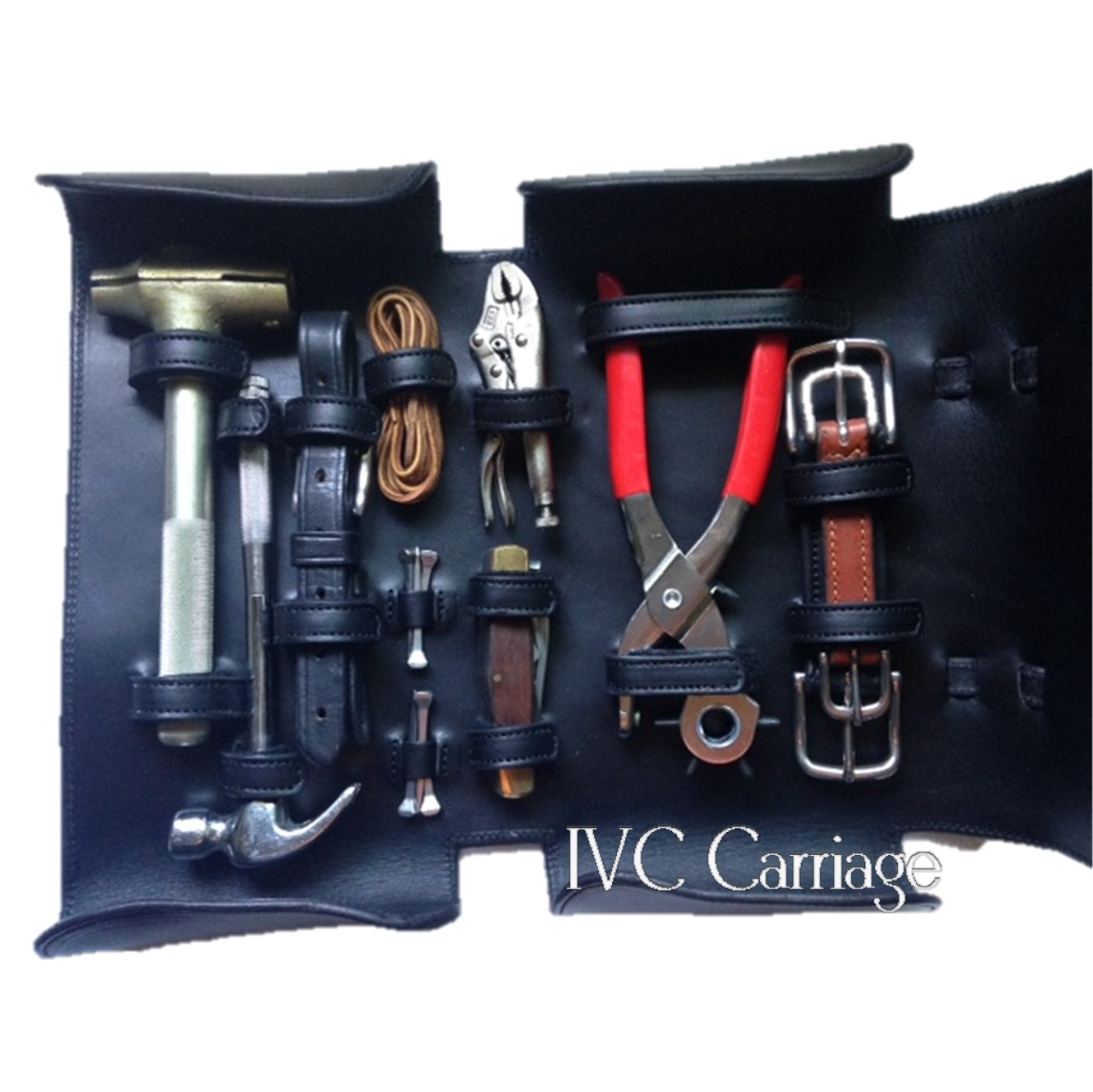

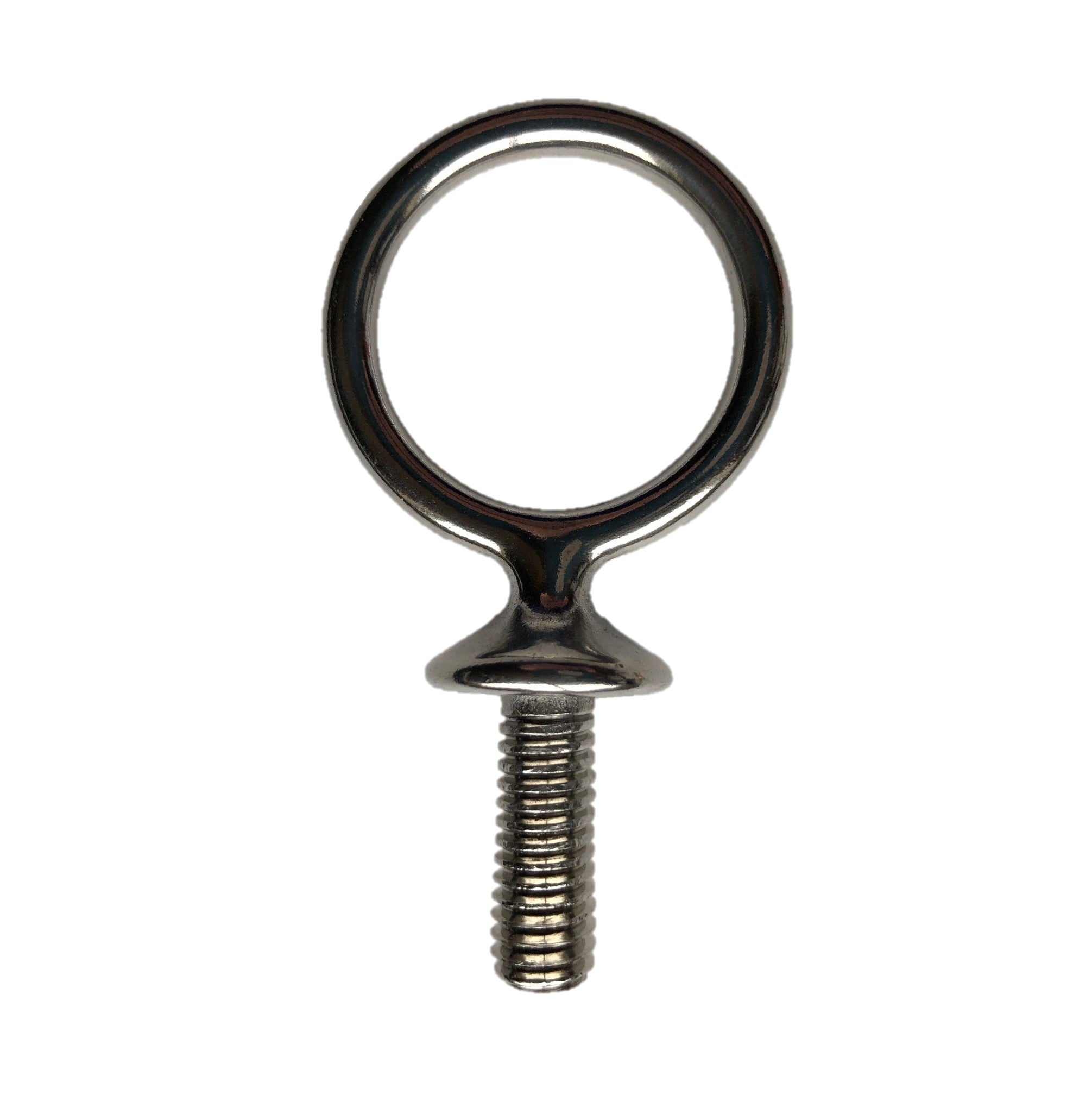
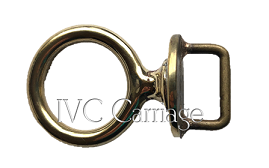
1 comment
Chad
Great article.